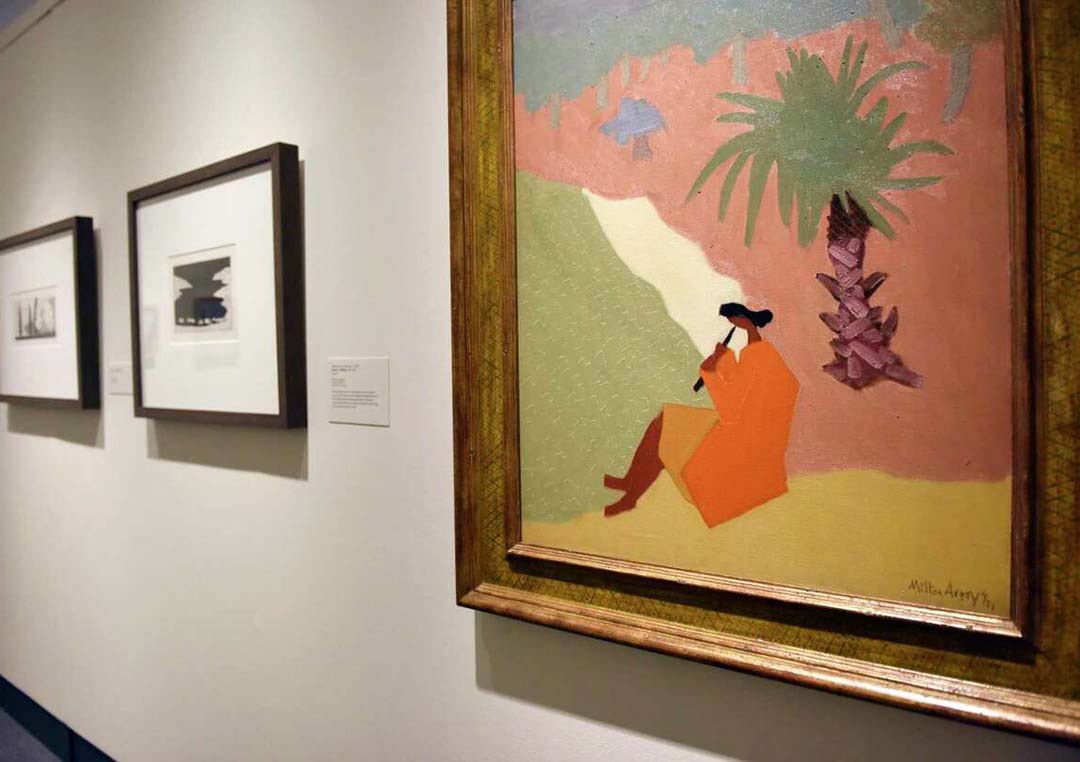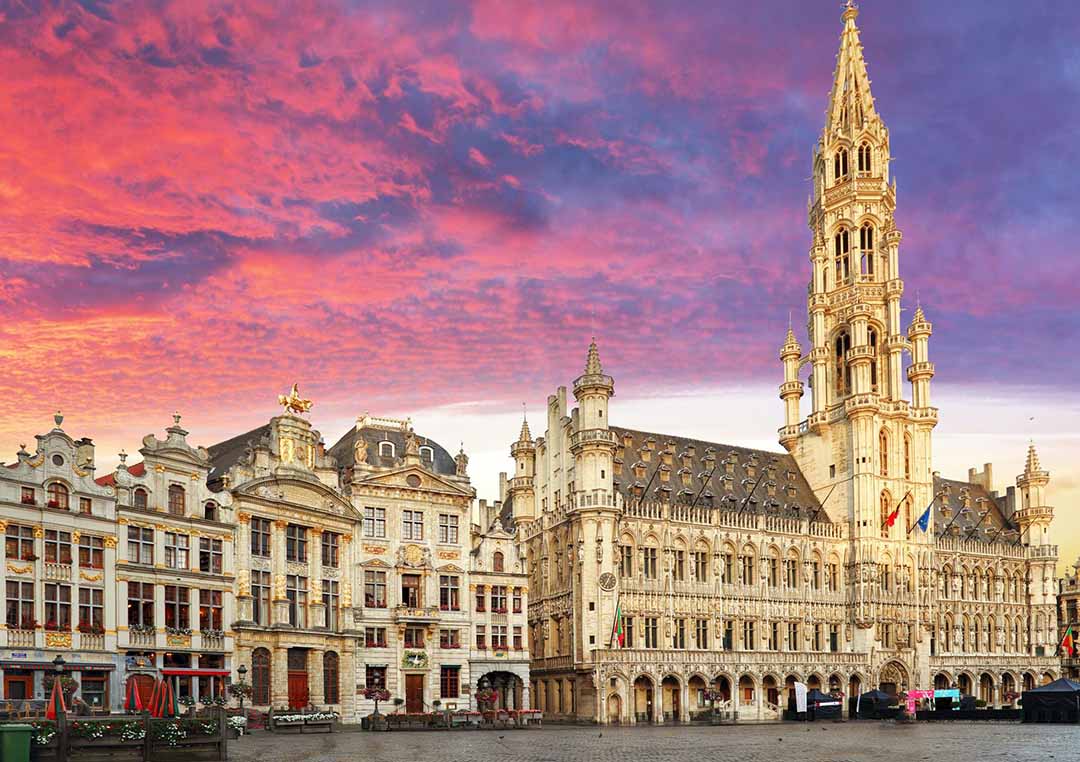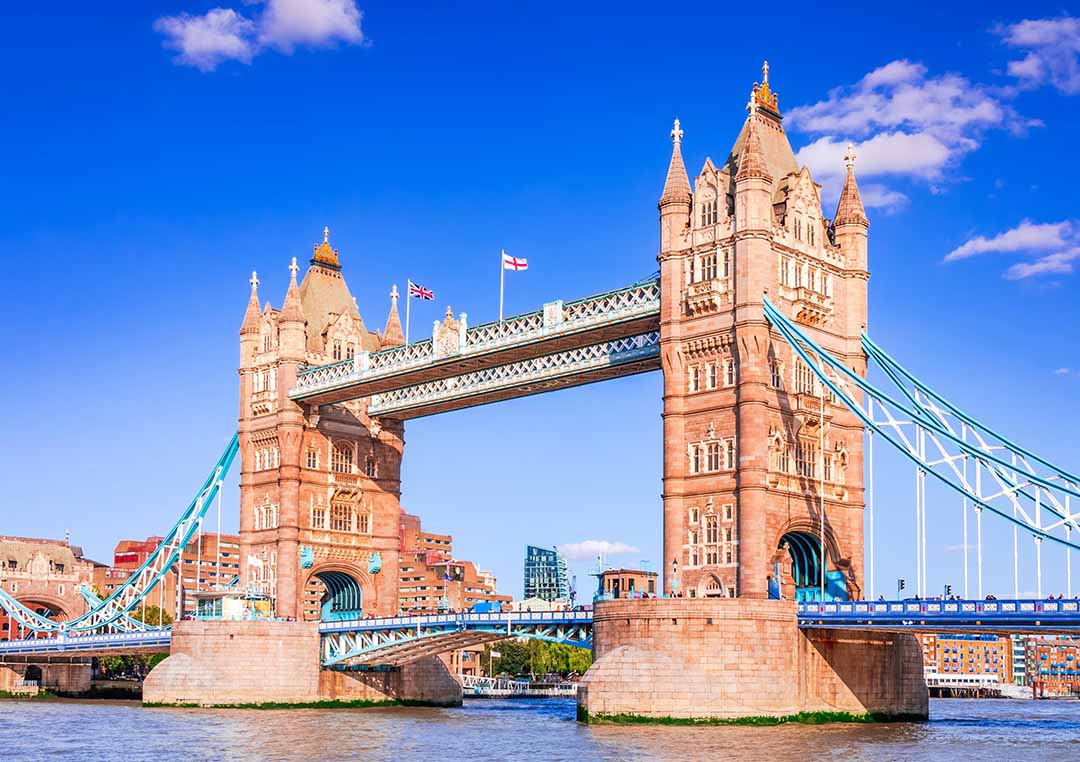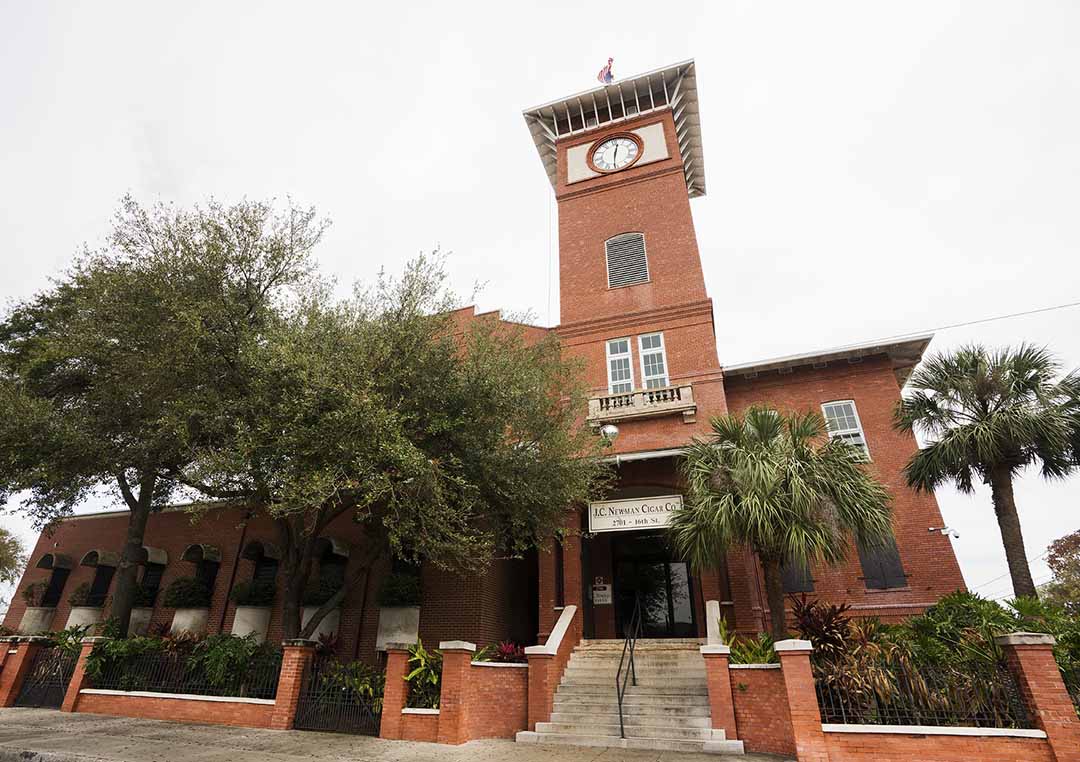New York, a vibrant city pulsating with cultural richness, unfolds its artistic tapestry within the hallowed halls of The Metropolitan Museum of Art.
“Starry Night” by Vincent van Gogh
Location: The Met Fifth Avenue, Gallery 825
Stepping into the embrace of Gallery 825 at The Met Fifth Avenue, I found myself face to face with the transcendent masterpiece, “Starry Night” by Vincent van Gogh. The ethereal allure of this painting goes beyond the strokes on canvas; it’s a portal to the very essence of van Gogh’s brilliance and emotional turbulence.
“Starry Night” is a celestial ballet frozen in time. The swirling blues and yellows create a cosmic dance that transcends the boundaries of mere paint on canvas. Van Gogh’s thick, expressive brushstrokes give life to the night sky, inviting viewers to traverse the realms of both tranquility and tumult. The contrasting elements in the composition—the serene stars and the tumultuous night—mirror the intricate workings of the artist’s brilliant yet tormented mind.
Immersing myself in the vibrant hues and dynamic movement of the painting, I felt a profound connection to van Gogh’s internal struggles and his unyielding passion for capturing the sublime in the ordinary. The juxtaposition of serenity and chaos in “Starry Night” resonates as a timeless testament to the artist’s ability to transmute personal torment into universal beauty.
The gallery, bathed in the soft glow of carefully curated lighting, provided the perfect backdrop for the luminous dance of van Gogh’s stars. The atmosphere was serene, allowing each visitor to engage intimately with this celestial masterpiece.
“Starry Night” is not merely a painting; it’s an immersive experience that transcends the boundaries of time and space. Van Gogh’s masterpiece continues to be a beacon, inviting art enthusiasts like me to explore the depths of artistic expression and the profound connection between an artist and their creation. Standing in the presence of “Starry Night” at The Met was a moment of artistic communion that will forever linger in the corridors of my memory.
“Egyptian Temple of Dendur”
Location: The Met Fifth Avenue, Sackler Wing
My journey through The Metropolitan Museum of Art led me to an extraordinary intersection of ancient splendor and modern marvel—the “Egyptian Temple of Dendur” in the tranquil embrace of the Sackler Wing. This encounter with a piece of Egypt’s rich history within the bustling heart of New York was nothing short of mesmerizing.
The Temple of Dendur, plucked from the banks of the Nile, stands as a captivating marvel in the heart of The Met. Bathed in the soft glow of filtered sunlight, the ancient stones exude a timeless aura. The glass enclosure surrounding the temple creates a play of light and shadow, casting an otherworldly ambiance upon the sacred structure. The juxtaposition of modern museum architecture and the antiquity of the temple creates an atmosphere where the boundaries of time seem to dissolve.
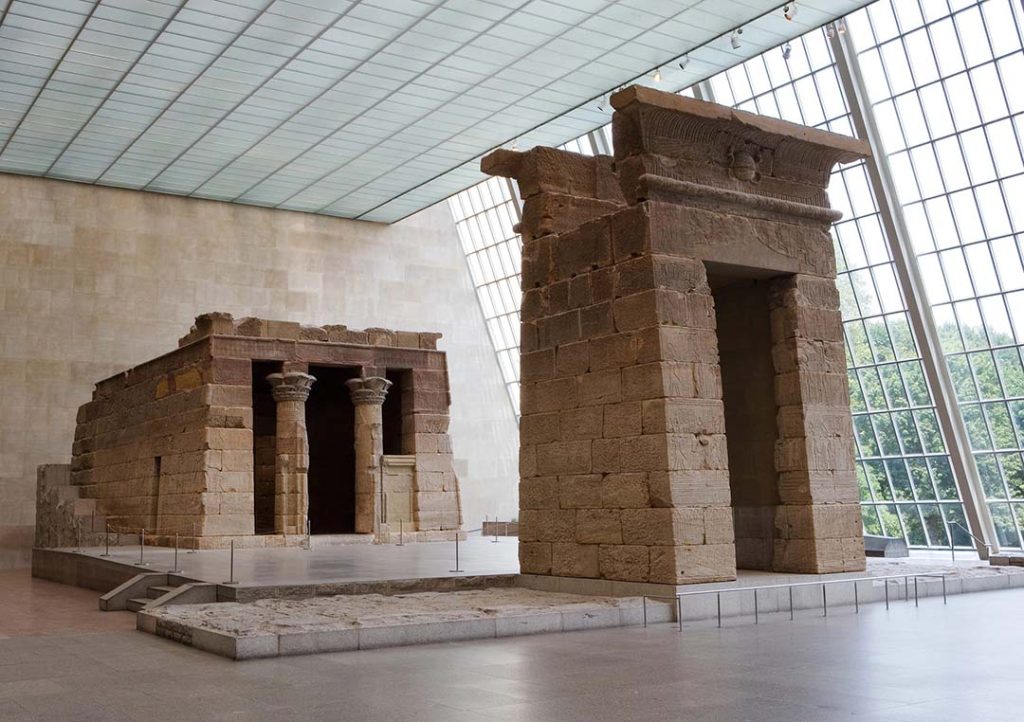
As I stood before the Temple of Dendur, the atmosphere was nothing short of awe-inspiring. The hushed reverence of fellow visitors and the play of sunlight on weathered stones transported me to the banks of the Nile, a testament to the museum’s prowess in preserving and presenting history. The melding of ancient majesty and contemporary design fostered a unique and unforgettable experience.
The temple, originally constructed during the Roman era, served as a bridge between ancient Egyptian traditions and the imperial aspirations of the time. The Met’s careful curation not only preserves the physical structure but also ensures that the cultural and historical narratives embedded within its stones are accessible to a global audience.
The Egyptian Temple of Dendur is not merely an exhibit; it’s a time-traveling odyssey that transcends geographical boundaries. The immersive encounter with this ancient sanctuary amidst the bustling cityscape of New York exemplifies the remarkable capacity of art and museums to transport us across millennia. This intersection of cultures, preserved within The Met, left an indelible mark on my artistic and historical sensibilities.
“Washington Crossing the Delaware” by Emanuel Leutze
Location: The Met American Wing, Gallery 760
My exploration through The Met’s American Wing brought me face to face with Emanuel Leutze’s monumental masterpiece, “Washington Crossing the Delaware.” This iconic portrayal of a pivotal moment in American history is not just a painting but a stirring testament to the resilience and sacrifice that forged a nation.
Leutze’s artistic rendition of Washington’s daring river crossing is a symphony of drama and patriotism. The composition, carefully crafted with historical detail, transports viewers to the harsh winter of 1776. The larger-than-life depiction of Washington, standing resolute at the helm, exudes leadership and determination. The play of light and shadow on the icy waters creates a palpable sense of urgency and anticipation.
As I stood before this immense canvas, I embarked on a captivating journey through a defining moment in American history. The scale of the painting and the meticulous attention to historical accuracy immerse the viewer in the harsh realities faced by Washington and his troops. The swirling motion of the icy river and the stoic resolve on the faces of the men in the boat evoke a profound sense of the sacrifices made for the cause of liberty.
“Washington Crossing the Delaware” goes beyond being a visual spectacle; it serves as a visual chronicle of a nation’s struggle for independence. Leutze’s masterpiece captures the spirit of resilience and unity that defined the American Revolution. The historical significance embedded in every brushstroke transforms the painting into a living artifact.
Standing in the presence of “Washington Crossing the Delaware” is an immersive experience that transcends the realm of art. It’s a visceral connection to the indomitable spirit of those who shaped the destiny of a nation. The painting, meticulously housed in Gallery 760 of The Met’s American Wing, is not merely an artistic triumph but a living testament to the enduring values that continue to define the American identity.
“Madame X” by John Singer Sargent
Location: The Met American Wing, Gallery 771
Displayed within the hallowed halls of The Met’s American Wing, John Singer Sargent’s “Madame X” is a masterpiece that challenges and transcends traditional conventions of portraiture. Positioned in Gallery 771, this iconic painting is a fascinating exploration of societal norms and power dynamics in the realm of art.
“Madame X” captivates with its audacious elegance. The languid pose of the subject, combined with the daring choice of gown, creates an atmosphere that defies the expected norms of portraiture. Sargent’s meticulous attention to detail, especially in rendering the luminosity of the subject’s skin against the dark background, adds a layer of sophistication and intrigue to the composition. The painting captures a moment frozen in time, where beauty intertwines with defiance.
The central figure in “Madame X” exudes an air of audacious elegance. The choice of a form-fitting black gown with daringly low straps challenges societal expectations of modesty prevalent during the era. The languid pose, with the subject’s pale complexion against the dark backdrop, amplifies the contrast and draws attention to the unconventional choices made by both artist and subject.
Sargent’s “Madame X” is more than a portrait; it’s a subtle commentary on the power dynamics and societal expectations of the late 19th century. The audacious presentation of the subject disrupts traditional notions of femininity and propriety, inviting viewers to question the norms that governed the portrayal of women in art during that period.
The impact of “Madame X” lies not only in its visual allure but also in its ability to spark contemplation on the evolving nature of art and society. The painting serves as a bridge between the Victorian era’s conventions and the emerging spirit of rebellion and individualism.
Displayed in Gallery 771, “Madame X” stands as a testament to Sargent’s artistic daring and his willingness to challenge the status quo. The painting invites us to reflect on the evolving dynamics of portraiture, gender, and societal expectations—an exploration that continues to resonate with art enthusiasts and cultural critics alike.
“The Great Wave off Kanagawa” by Katsushika Hokusai
Location: The Met Fifth Avenue, Gallery 225
Within the curated confines of Gallery 225 at The Met Fifth Avenue, Katsushika Hokusai’s woodblock print, “The Great Wave off Kanagawa,” stands as an enduring testament to the timeless mastery of Japanese art. The iconic piece transcends its physical form, capturing the raw power of nature and encapsulating profound themes that have resonated through centuries.
Hokusai’s depiction of the great wave is a harmonious blend of artistic precision and thematic depth. The towering wave, frozen in the woodblock print, becomes a symbol of the perpetual clash between humanity and the formidable forces of the natural world. The meticulously crafted details, from the frothy crests of the wave to the delicate lines of Mount Fuji in the distance, exemplify the unparalleled skill and artistic finesse of Hokusai.
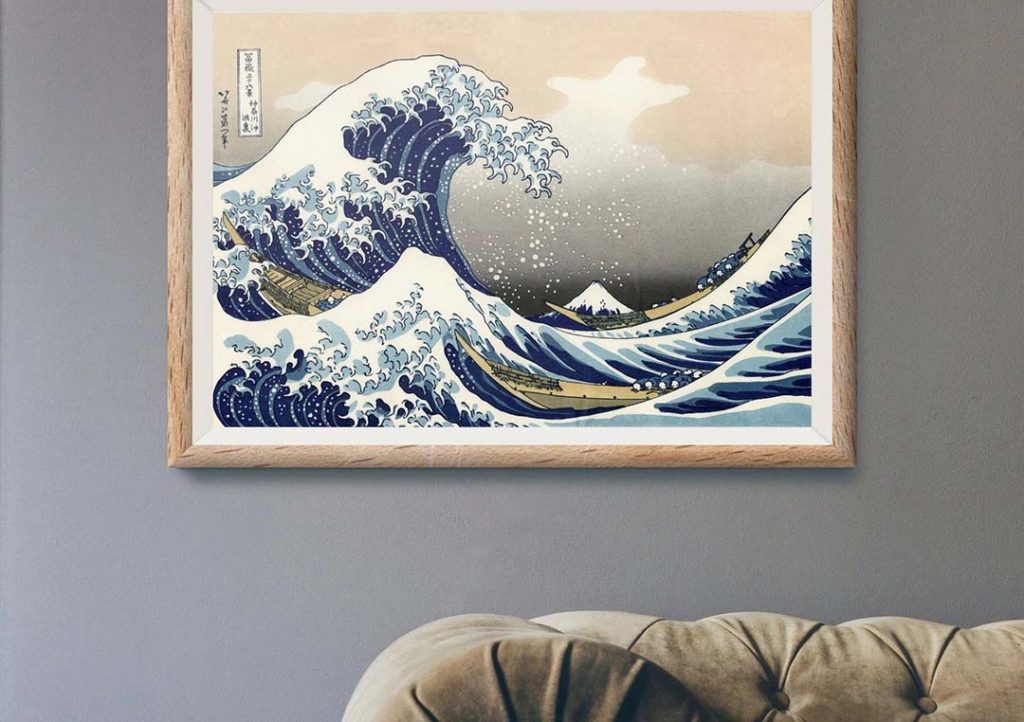
“The Great Wave off Kanagawa” serves as a cornerstone of Japanese art, delving into profound cultural and philosophical themes. The relentless power of the wave, poised to crash upon boats and challenge the resilience of human endeavors, reflects the enduring motif of the struggle between man and nature—a theme deeply embedded in Japanese artistic traditions.
Beyond its visual appeal, Hokusai’s masterpiece holds immense cultural significance. The juxtaposition of the towering wave against the serene backdrop of Mount Fuji is a metaphor for life’s challenges and the enduring spirit required to navigate the tumultuous seas. It encapsulates the essence of ukiyo-e, the “floating world” art movement that encapsulated the transient nature of existence.
“The Great Wave off Kanagawa” has left an indelible mark on the trajectory of art history. Its influence extends far beyond Japan, permeating Western art and inspiring countless artists. The print’s ability to convey both the majesty and terror of the natural world has made it a touchstone for those exploring the intersection of artistic expression and the sublime.
In the quiet expanse of Gallery 225, “The Great Wave off Kanagawa” invites contemplation on the enduring power of nature and the nuanced relationship between humanity and the elements. Hokusai’s woodblock print is not merely an artistic composition; it’s a narrative frozen in time, a testament to the intricate dance between creation and destruction that defines the human experience.
“Portrait of Adele Bloch-Bauer I” by Gustav Klimt
Location: The Met Fifth Avenue, Gallery 826
Nestled within the confines of Gallery 826 at The Met Fifth Avenue, Gustav Klimt’s “Portrait of Adele Bloch-Bauer I” is a testament to artistic opulence. Commonly referred to as “The Lady in Gold,” this golden masterpiece unfolds like a sumptuous tapestry, weaving together themes of wealth, beauty, and intricate symbolism.
Klimt’s distinctive style, characterized by intricate patterns and lavish use of gold leaf, elevates “The Lady in Gold” to a visual symphony of opulence. The portrait of Adele Bloch-Bauer, resplendent in a golden gown, is surrounded by a kaleidoscope of geometric shapes and symbolic elements. The interplay of shimmering gold against a rich, dark backdrop imparts a sense of regality and mystery to the composition.
Beneath the surface of opulence lies a tapestry of symbolic complexity. Klimt’s careful inclusion of ancient Egyptian, Byzantine, and symbolic motifs adds layers of meaning to the portrait. The intertwining patterns and the enigmatic gaze of Adele Bloch-Bauer invite viewers to decipher the deeper narrative beneath the surface glamour.
“The Lady in Gold” reverberates with cultural significance beyond its visual appeal. The portrait, created during the Viennese Secession, reflects the artistic rebellion against academic traditions. Klimt’s departure from conventional portraiture towards a more avant-garde and symbolic representation marks a pivotal moment in art history.
The legacy of “Portrait of Adele Bloch-Bauer I” extends beyond the confines of the gallery. The legal battles surrounding the ownership of the painting, famously depicted in the film “Woman in Gold,” added a layer of drama and intrigue to its narrative. The eventual restitution of the artwork to the Bloch-Bauer heirs underscored the enduring significance of this golden masterpiece.
Gallery 826 at The Met becomes a portal to a world of opulence and symbolism when one stands before “Portrait of Adele Bloch-Bauer I.” Klimt’s meticulous craftsmanship and symbolic intricacies transform the canvas into a timeless exploration of wealth, beauty, and the cultural shifts that defined the turn of the 20th century. “The Lady in Gold” remains not just a portrait but an embodiment of the artistic zeitgeist that continues to captivate audiences worldwide.
“The Persistence of Memory” by Salvador Dalí
Location: The Met Fifth Avenue, Gallery 903
Ensconced within the hallowed halls of Gallery 903 at The Met Fifth Avenue, Salvador Dalí’s “The Persistence of Memory” unfolds as a surreal dreamscape that challenges the very fabric of reality. Renowned for its enigmatic and iconic imagery, this masterpiece beckons viewers into a world where time itself seems to melt away.
Dalí’s genius is encapsulated in the dreamlike tableau of “The Persistence of Memory.” The landscape, rendered with meticulous precision, hosts a collection of melting clocks draped over surreal forms. The drooping timepieces, a visual metaphor for temporal distortion, evoke a sense of existential fluidity and provoke contemplation on the nature of time.
The melting clocks, draped over distorted and almost liquefied objects, create an atmosphere of temporal distortion. Dalí’s ability to capture the fluidity of time challenges conventional notions, inviting viewers to question the stability of the world around them. The barren landscape enhances the dreamlike quality, transporting observers to a realm where the boundaries of reality are delightfully blurred.
“The Persistence of Memory” serves as a philosophical provocation, prompting introspection on the transient nature of existence. Dalí’s surrealist approach forces viewers to confront the malleability of time and the impermanence of the physical world. The juxtaposition of the soft, melting clocks against the hard, rocky backdrop enhances the tension between the ephemeral and the enduring.
Beyond its artistic brilliance, Dalí’s masterpiece has permeated popular culture, becoming an iconic representation of surrealism. The image of the melting clocks has found its way into diverse realms, from literature to psychology, cementing its status as a symbol that transcends the confines of the art world.
Gallery 903 becomes a portal to Dalí’s whimsical universe when one encounters “The Persistence of Memory.” The surreal landscape, with its melting clocks and distorted forms, invites viewers on a journey beyond the constraints of traditional reality. Dalí’s timeless exploration of time, existence, and perception solidifies this masterpiece as a cornerstone of surrealism, captivating generations with its enigmatic allure.
In the heart of Manhattan, The Met stands as a testament to the enduring power of art. My journey within its halls has been a captivating odyssey through time, cultures, and the boundless realms of human creativity. The carefully curated favorites and recommended works only scratch the surface of the artistic treasures waiting to be discovered.
The Met, with its vast collection, excellent services, and immersive experiences, remains a quintessential destination for art enthusiasts. While the crowds and the sheer magnitude of the museum can be overwhelming, the rewards of witnessing such a diverse array of masterpieces are immeasurable. As an art aficionado, The Met is not just a museum; it is a sanctuary where the timeless dialogue between artists and viewers continues to unfold with each passing visitor.
The Metropolitan Museum of Art is not merely a repository of artifacts; it is a living testament to the universality of human expression. It invites us to transcend our temporal and cultural boundaries, fostering a profound connection with the artistic endeavors that define our shared human heritage. My exploration of The Met is an ongoing voyage, an endless unraveling of the artistic tapestry that enriches my understanding of the world and myself.

